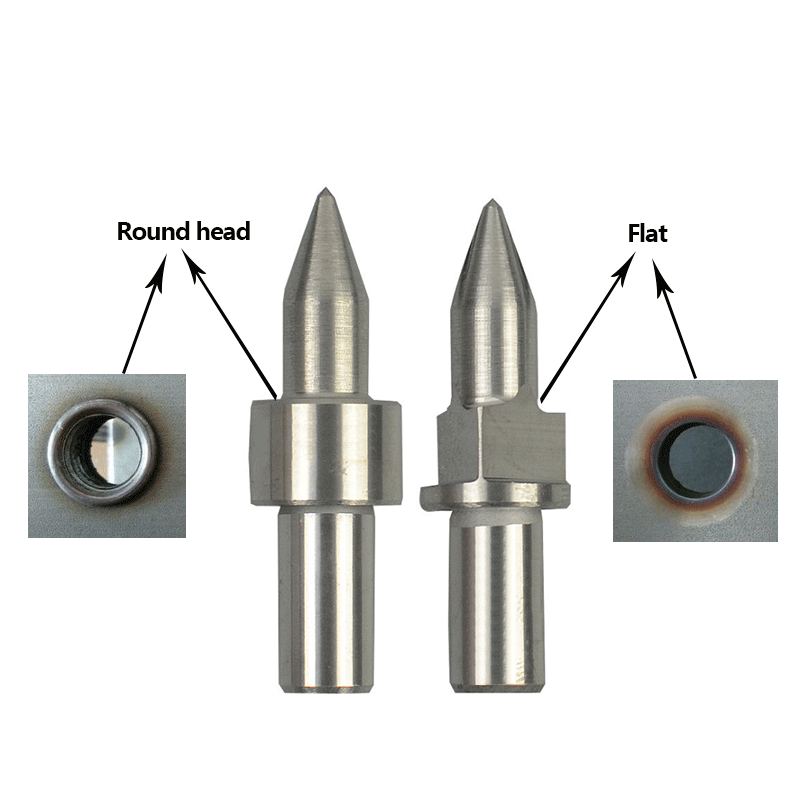As the demands for higher efficiency and quality in manufacturing continue to rise, traditional mechanical drilling techniques are sometimes insufficient for specific applications. In this context, a technology known as thermal drilling is gaining prominence, offering unique advantages that make it an attractive alternative.
【What is Thermal Drilling?】
Thermal Drilling, also known as thermal forming or friction drilling, is a process that uses the heat generated by high-speed rotation to form holes. Unlike conventional cutting methods, thermal drilling heats the material to a plastic state and then applies pressure to shape the hole. This method is particularly suitable for thin sheet materials, such as aluminum alloys, copper alloys, and other non-ferrous metals.

【Working Principle】
- Preheating Stage – The drill bit contacts the workpiece surface at very high speeds, generating significant heat within a short time.
- Plasticization Stage – As the temperature rises, the metal begins to soften and enters the plastic deformation zone.
- Forming Stage – Under continuous pressure, the plasticized material is displaced to create the desired hole.
- Cooling and Setting – Once the required hole size is achieved, heating stops, and the material cools down and solidifies naturally.
【Advantages and Features】
- Increased Productivity – Compared to conventional drilling, thermal drilling significantly reduces processing time.
- Cost Reduction – No additional lubricants or coolants are needed, reducing consumable costs.
- Enhanced Structural Strength – The material around the formed hole is strengthened, increasing the load-bearing capacity of the connection area.
- Wide Applicability – Suitable not only for various thicknesses of metal sheets but also effective with composite materials.
【Applications】
Thermal drilling is widely used in industries such as automotive manufacturing, aerospace, and electronics, especially where lightweight design and sufficient strength are critical. For example, in automotive body part assembly, thermal drilling can effectively reduce weight without compromising safety. In electronic device casings, it allows for tighter component layouts.
In summary, as an emerging and efficient hole-making technique, thermal drilling is changing our understanding of traditional drilling processes. With ongoing research and technological advancements, it is expected to play a more significant role in many sectors. If your business is looking for ways to enhance product performance and production efficiency, consider exploring this innovative technology.

